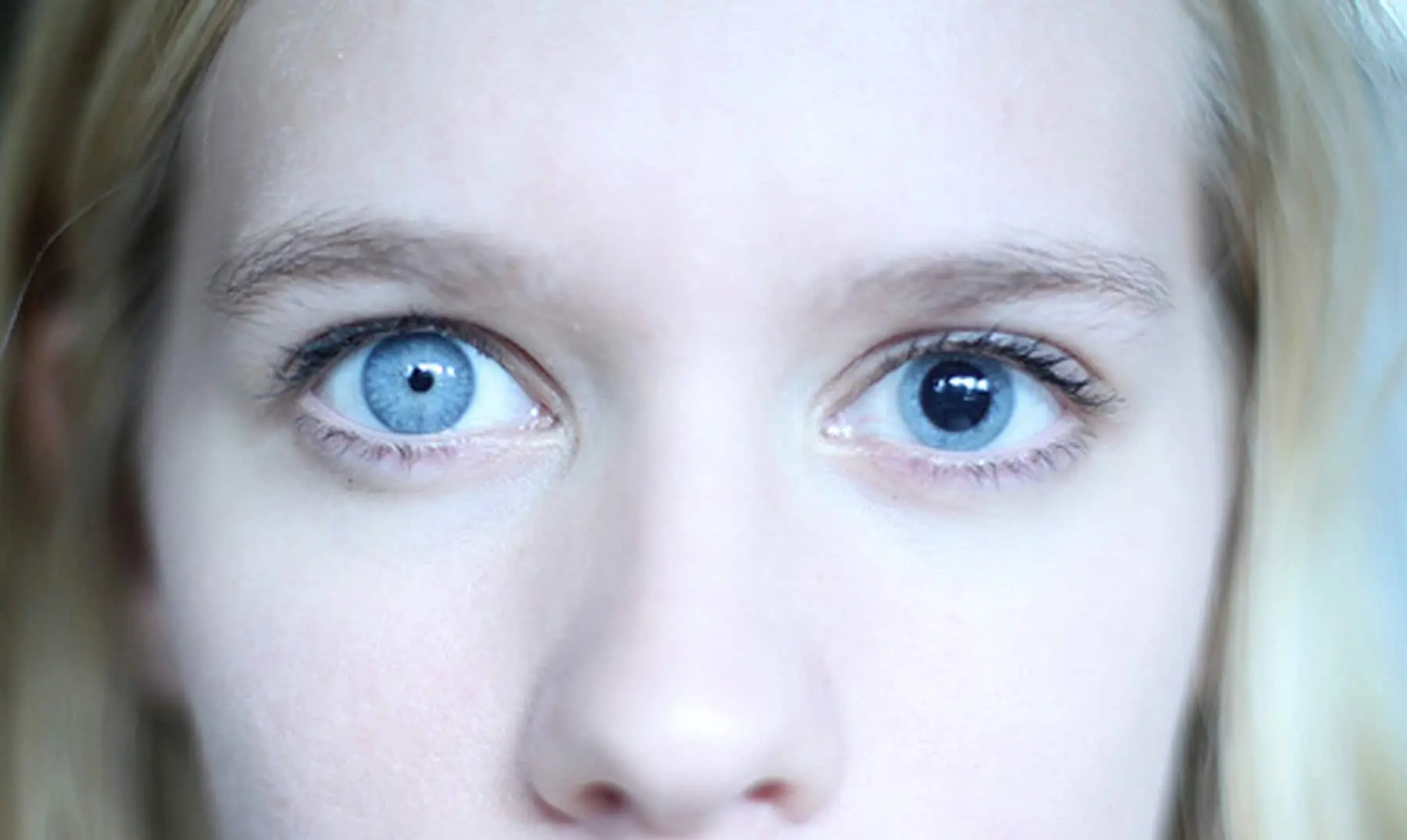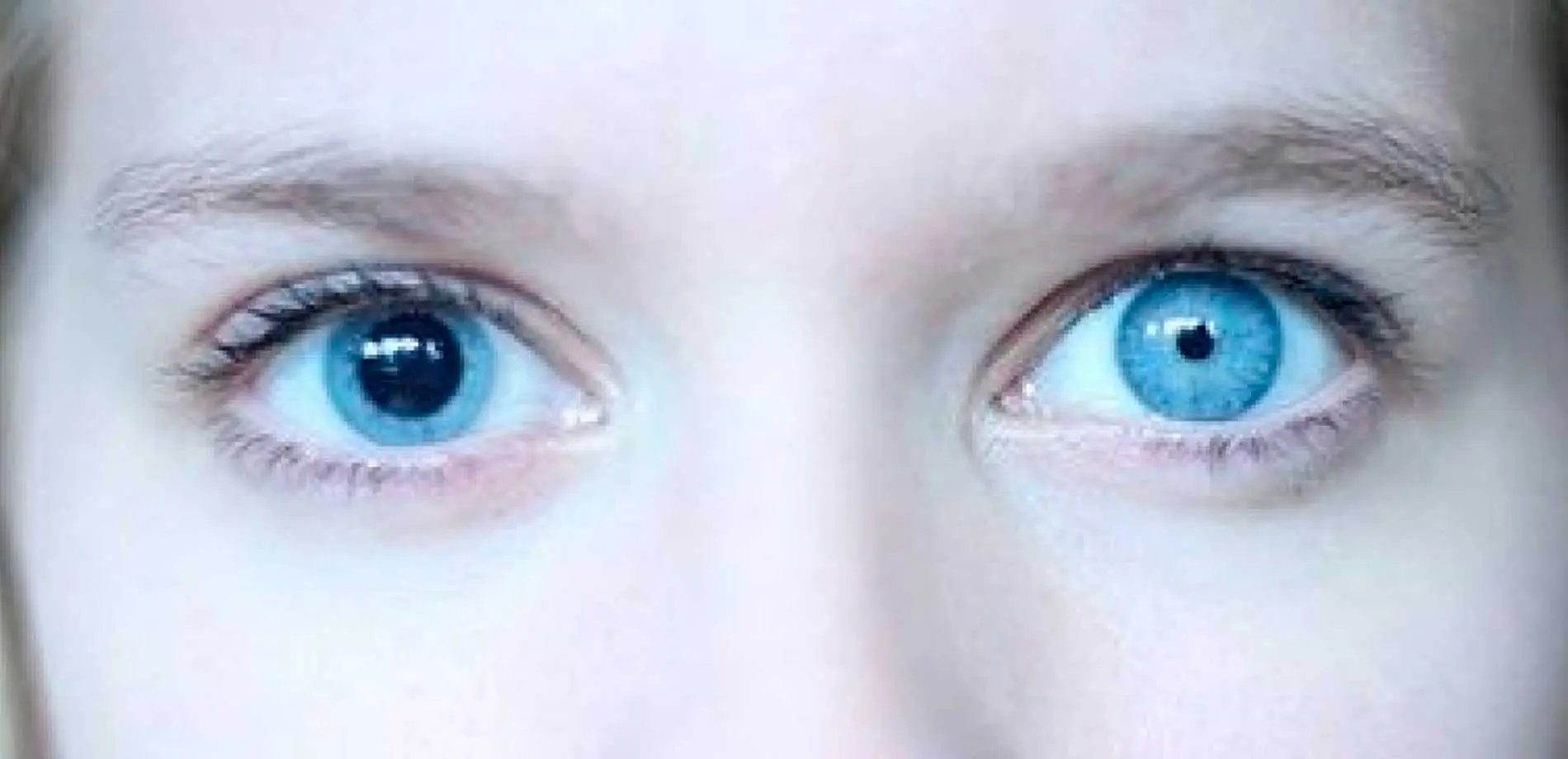Can Anisocoria be Cured?
Sometimes
Management involves addressing the underlying cause; complete resolution may not always be achievable, depending on the specific cause of anisocoria

What is Anisocoria?
Anisocoria is a condition in which the pupils of the eyes are different sizes. It can be benign or indicate an underlying medical issue, such as nerve damage or neurological disorders. Evaluation by a healthcare professional is necessary to determine the cause and appropriate treatment.

Clinical Aspects

Characteristics
Unequal pupil size

Symptoms
Asymmetry in the size of pupils (one pupil larger than the other)

Diagnosis
Clinical evaluation, pupillary reflex tests, imaging studies

Prognosis
Variable, depends on the underlying cause

Complications
Visual disturbances, complications related to underlying conditions
Etiology and Treatment

Causes
Various causes, including nerve damage, medications, or underlying medical conditions

Treatments
Treatment depends on the underlying cause; may include addressing medical conditions or discontinuing medications

Prevention
Treatment depends on the underlying cause; may include addressing medical conditions or discontinuing medications
Public Health and Patient Perspectives

Epidemiology
Can be physiological or indicate underlying neurological or eye conditions

Patient Perspectives
Identification and management of underlying cause
This information is for general understanding and is not a substitute for professional medical advice. Always consult with healthcare providers for accurate and personalized information related to your health.
Share: